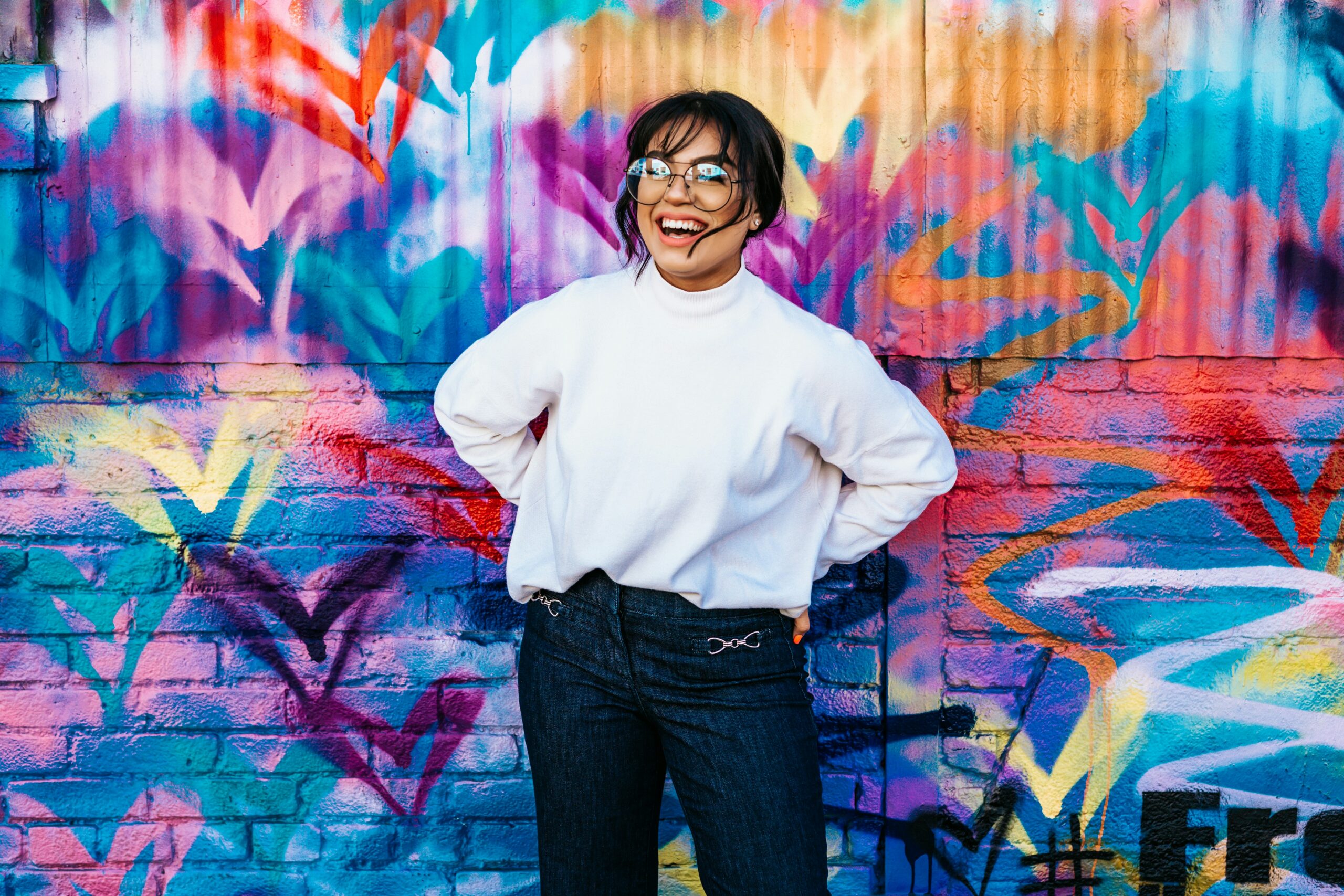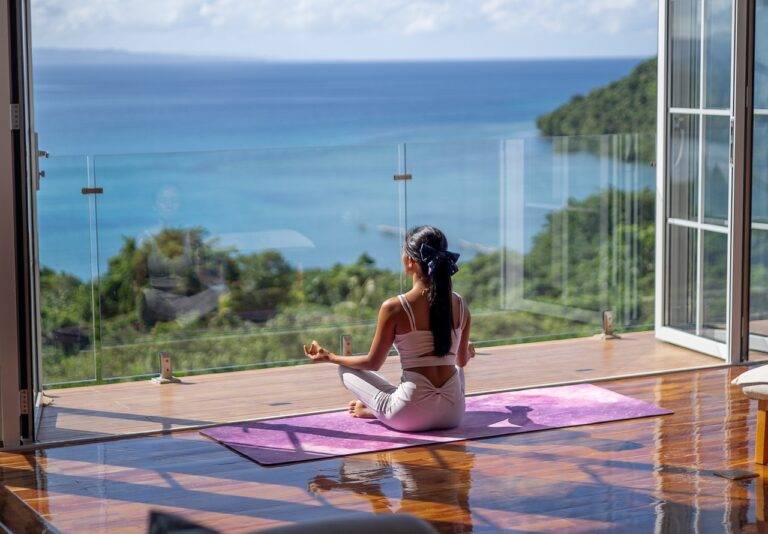The Psychology of Color in Lifestyle Interior Design
Color plays a significant role in influencing our mood and emotions. Different colors have the power to evoke various feelings and responses within us. For example, warm colors like red and orange are often associated with energy and passion, while cooler tones like blue and green can promote feelings of calmness and tranquility.
Incorporating colors strategically in our living spaces can have a profound impact on our overall well-being. By understanding the psychological effects of colors, we can create environments that help us feel more relaxed, focused, or energized as needed. Whether it’s painting a room a soothing shade of lavender for a peaceful retreat or adding pops of vibrant yellow for a boost of optimism, the colors we surround ourselves with can greatly influence our emotional experience.
The Role of Color in Creating a Cozy and Welcoming Space
When it comes to designing a space that exudes warmth and comfort, the role of color cannot be overstated. Certain colors have the ability to evoke feelings of coziness and invite a sense of welcome. For instance, warm tones like earthy browns, soft oranges, and rich reds can create a cozy atmosphere by enveloping the room in a comforting embrace.
On the other hand, cool tones such as calming blues, serene greens, and soothing purples can also contribute to a welcoming space by imbuing it with a sense of tranquility and relaxation. By strategically incorporating these colors into the design scheme, you can transform any room into a sanctuary that beckons you to unwind and feel at ease.
How Different Colors Affect Perception of Space and Light
Color plays a significant role in influencing how we perceive space and light within a given environment. Bright and warm colors such as yellow and orange can make a room feel more spacious and inviting, as they reflect light effectively and create a sense of warmth. On the other hand, darker colors like deep blues and grays can make a space feel more intimate and cozy by absorbing light and creating a sense of depth.
In addition to the brightness of a color, the hue itself can also impact how we perceive the size and lighting of a room. Cool colors like blues and greens tend to recede in space, making walls appear further back and creating a sense of airiness. In contrast, warm tones like reds and oranges can visually advance towards the viewer, making walls feel closer and cozier. By understanding how different colors interact with light and space, we can effectively manipulate the perception of a room to create the desired ambiance and atmosphere.
• Bright and warm colors like yellow and orange can make a room feel more spacious and inviting
• Darker colors such as deep blues and grays can make a space feel more intimate and cozy
• Cool colors like blues and greens tend to recede in space, creating a sense of airiness
• Warm tones like reds and oranges visually advance towards the viewer, making walls feel closer
How do different colors affect our mood and emotions?
Different colors have the ability to evoke different emotions and moods. For example, warm colors like red and yellow can create a sense of energy and excitement, while cool colors like blue and green can promote feelings of calmness and relaxation.
Can the color of a room affect how spacious it feels?
Yes, the color of a room can definitely affect how spacious it feels. Lighter colors tend to make a room feel larger and more open, while darker colors can make a room feel smaller and more confined.
How can colors be used to create a cozy and welcoming space?
Colors can be used to create a cozy and welcoming space by choosing warm, inviting tones like soft neutrals, warm whites, and earthy hues. These colors can help create a sense of comfort and relaxation in a room.
What role does color play in the perception of light in a space?
Color plays a significant role in the perception of light in a space. Lighter colors reflect more light and can make a room feel brighter and more open, while darker colors absorb light and can make a room feel darker and more intimate.







